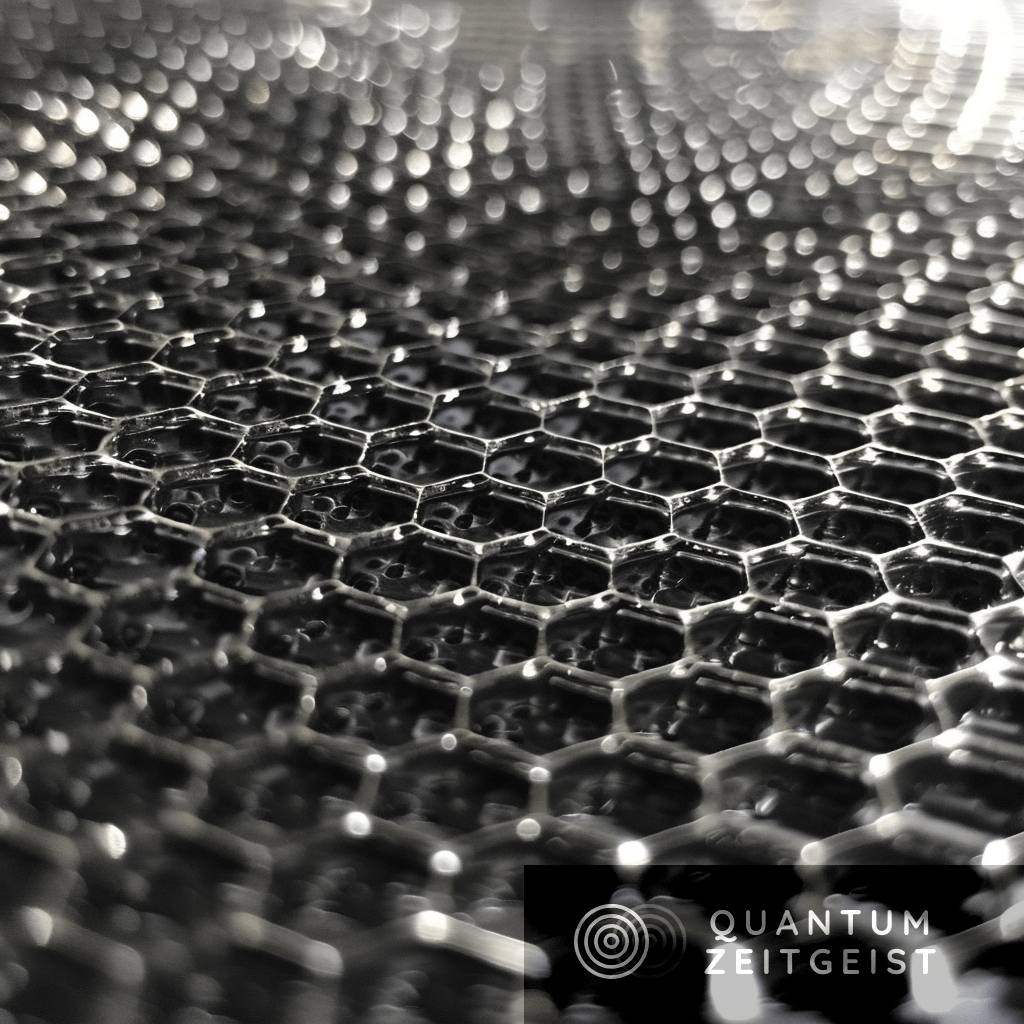An international team led by the University of Göttingen, with participation from MIT and Japan’s National Institute for Materials Science, has shown that electrons in double-layer graphene move like light particles, and can be switched on and off. This discovery could lead to the development of tiny, energy-efficient transistors. The team found that two graphene layers combine high-speed electron motion and an insulating state, which can be altered by an electric field. This property had been predicted in 2009, but has only now been demonstrated experimentally. The research was published in Nature Communications.
The Potential of Bilayer Graphene in Nanoscale Transistors
An international team of researchers, led by the University of Göttingen, has made a significant breakthrough in the field of nanoscale transistors. The team has demonstrated that electrons in bilayer graphene, a naturally occurring form of graphene, move in a similar manner to light particles, exhibiting no mass. This discovery, published in Nature Communications, could pave the way for the development of highly efficient, nanoscale transistors.
Graphene, a single layer of carbon atoms discovered in 2004, is renowned for its exceptional electrical conductivity. This property is attributed to the high and constant velocity of electrons traveling through the material. However, the application of graphene in transistors has been limited due to its lack of an insulating state, a necessary feature for transistor operation.
The researchers from Göttingen University have discovered that bilayer graphene, composed of two graphene layers, possesses both a highly conductive state and an insulating state. This dual property is achieved by applying an electric field perpendicular to the material, which can switch the graphene from conductive to insulating. This phenomenon had been theoretically predicted in 2009, but it is only now, with improved sample quality and collaborative efforts with the Massachusetts Institute of Technology (MIT) and the National Institute for Materials Science (NIMS), Japan, that it has been experimentally confirmed.
The Experimental Confirmation of Light-like Electron Dispersion in Bilayer Graphene
The team’s experiments were conducted at cryogenic temperatures, approximately 273 degrees below freezing. Despite the extreme conditions, the results demonstrate the potential of bilayer graphene in the development of highly efficient transistors.
“We were already aware of the theory. However, now we have carried out experiments which actually show the light-like dispersion of electrons in bilayer graphene. It was a very exciting moment for the entire team,” says Professor Thomas Weitz, at Göttingen University’s Faculty of Physics.
The Future of Bilayer Graphene in Technology
While the research is still in its early stages, the findings are promising. Dr. Anna Seiler, a postdoctoral researcher at Göttingen University and the first author of the study, states, “Our work is very much a first step but a crucial one. The next step for researchers will be to see if bilayer graphene really can improve transistors or to investigate the potential of this effect in other areas of technology.”
The potential applications of bilayer graphene extend beyond transistors. The unique properties of this material could be harnessed in various technological fields, opening up new avenues for innovation. However, further research is needed to fully understand and exploit the capabilities of bilayer graphene.
Conclusion
The discovery of light-like electron dispersion in bilayer graphene marks a significant advancement in the field of nanoscale transistors. The ability to switch between conductive and insulating states could revolutionize the design and efficiency of these devices. While the research is still in its infancy, the potential applications of bilayer graphene are vast, promising exciting developments in the world of technology.
External Link: Click Here For More

